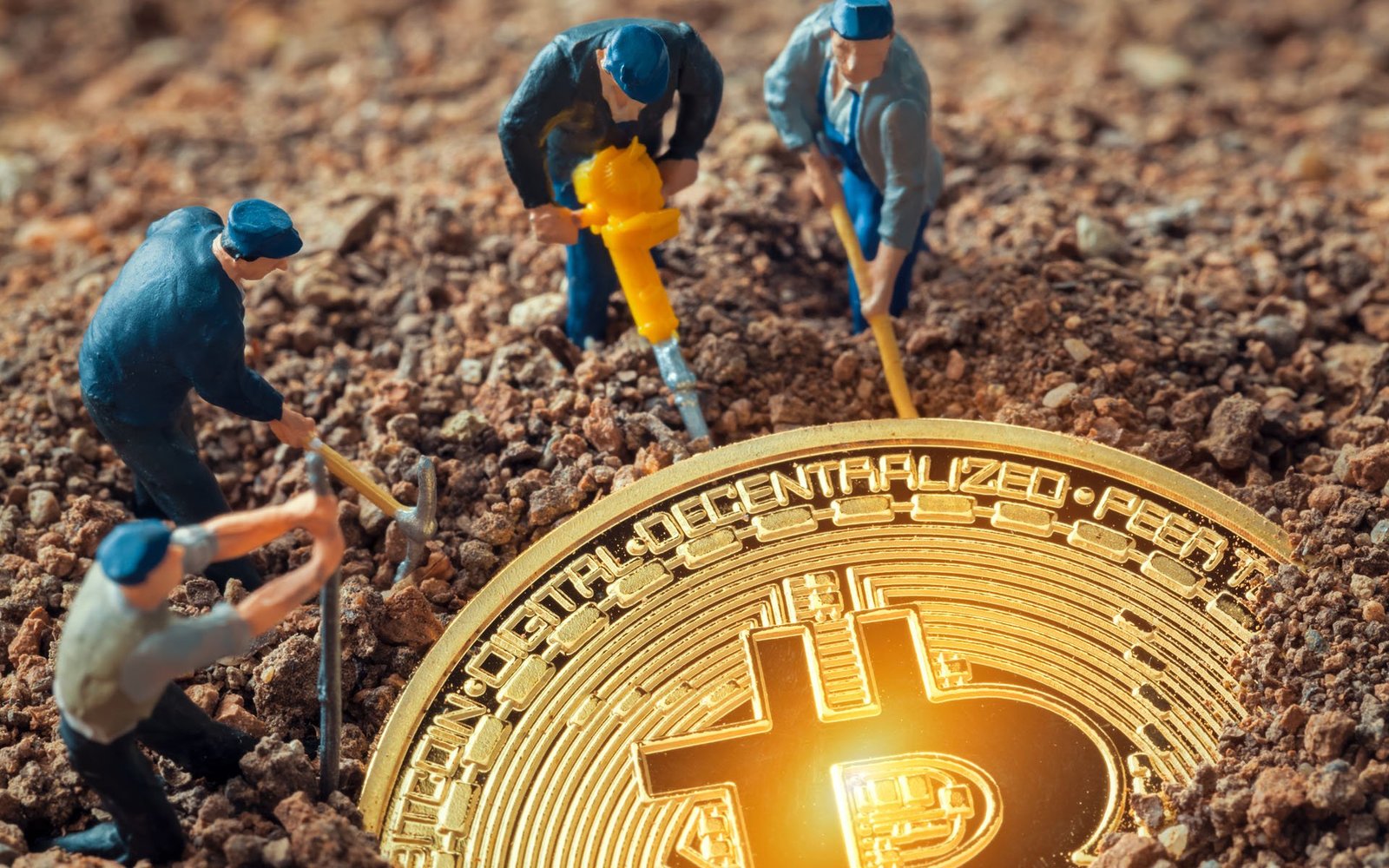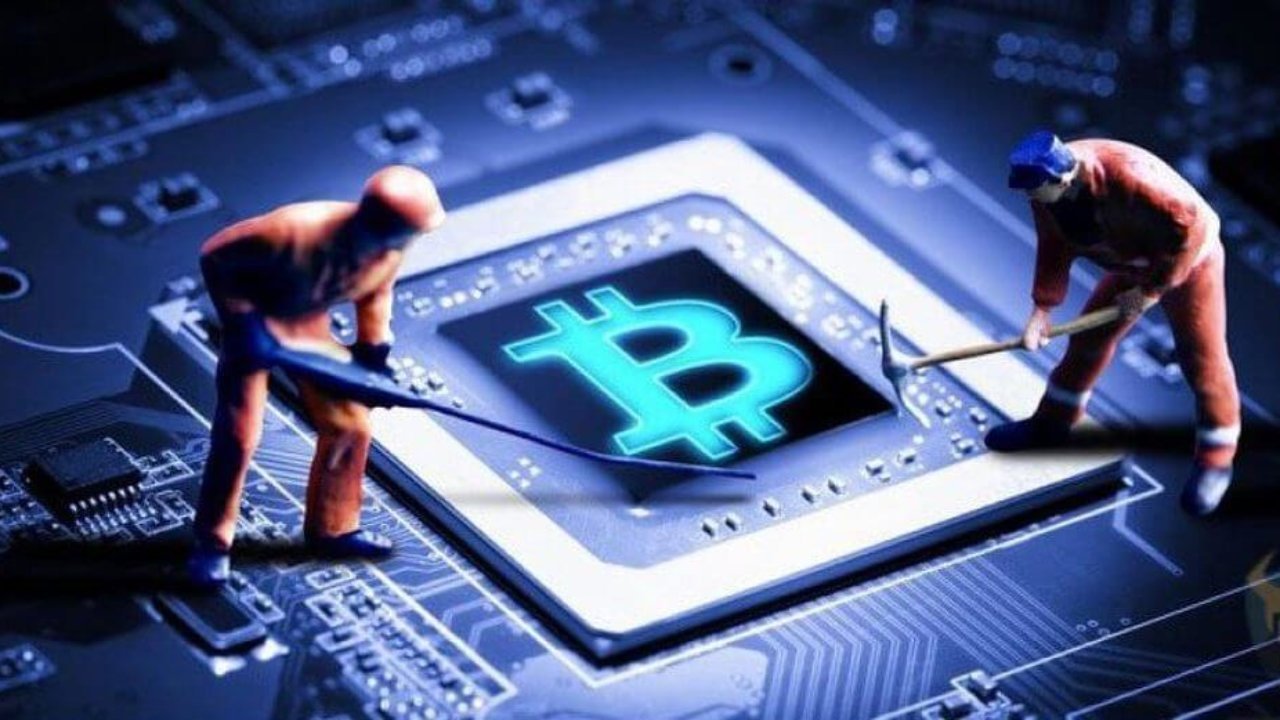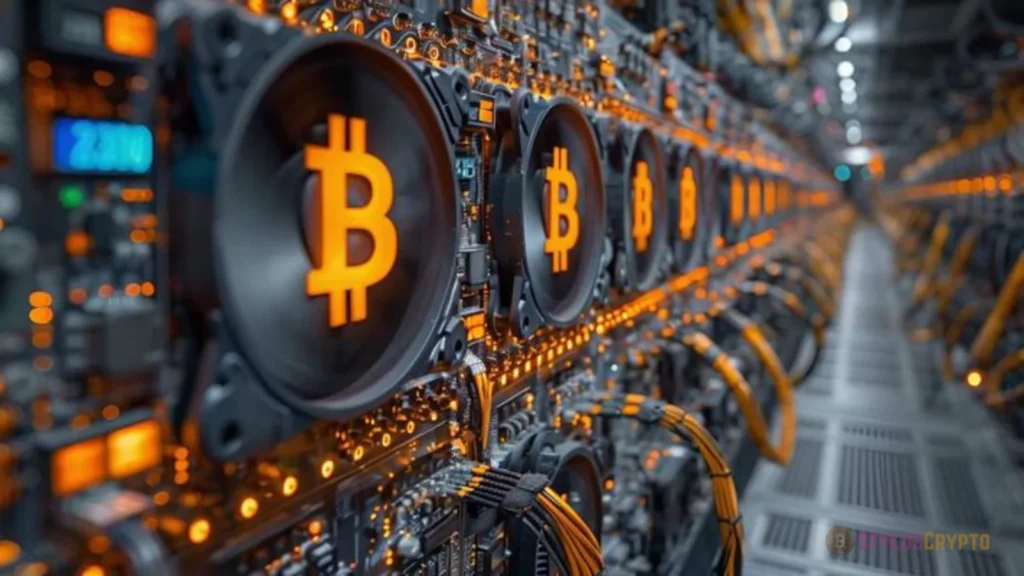Bitcoin mining is the backbone of the Bitcoin Network , supporting decentralisation, security, and the creation of new bitcoin. While many hear the term “mining” and imagine miners digging in mountain shafts, cryptocurrency mining is a purely digital process that uses cutting-edge hardware to solve cryptographic puzzles. In this article, we’ll explore the evolution of Bitcoin mining from its early days to its modern professional form, covering key concepts like proof of work, miner economics, energy usage, hardware innovation, environmental concerns, and future trends—all in a smooth, narrative flow optimised for both readers and search engines.
How Bitcoin Mining Works
Initially, Bitcoin mining was something anyone with a computer could do simply by downloading open-source mining software and joining the network. At its core, mining is the process by which network participants—miners—validate transactions and record them on the Bitcoin blockchain.

These participants compete to solve a complex cryptographic puzzle tied to a block of transactions. The first miner to find a valid solution broadcasts the block to the network, which is then verified by nodes. Once a majority agrees, the miner is rewarded with newly minted bitcoins plus transaction fees—a crucial incentive mechanism that aligns with economic and game theory.
Innovative Energy in Mining
Bitcoin mining is energy-intensive, and miners’ profit depends heavily on electricity costs, hardware efficiency, and bitcoin’s market price. Profitability is calculated by deducting operating expenses—especially power and cooling—from mining rewards. This dynamic creates a compelling incentive for miners to source renewable or low-cost power. Regions like Sichuan (hydropower-rich), parts of Scandinavia (geothermal and hydropower), and Texas (wind and solar) became prime mining destinations. Meanwhile, the emerging practice of reusing excess flare gas at oil fields for mining reflects creativity in energy sourcing.
In the public discourse, criticisms of mining’s energy usage spur efforts toward more sustainable solutions. Peer-reviewed analyses suggest that Bitcoin mining may actually accelerate renewable development by providing consistent energy demand that stabilises grids. Companies pledge net-zero carbon strategies, offset carbon emissions, or adopt zero-emission energy models. While challenges remain, a shift toward green mining is gaining traction within the community.
Mining Pools and Network Stability
A mining pool is a collaborative structure where individuals or entities combine their hashing power and share the rewards in proportion to their contribution. This helps smaller miners earn more predictable revenue, reducing the variance caused by block discovery’s probabilistic nature. Popular pools include F2Pool, Antpool, and Slush Pool. While mining pools support decentralisation, they also create centralised entities that occasionally raise governance concerns. Yet, their prevalence illustrates a fundamental tension: balancing efficiency and geographic diversification with the need for robust decentralisation in mining power.
Bitcoin’s difficulty adjustment mechanism, which occurs every 2,016 blocks (roughly every two weeks), maintains a steady block time of about 10 minutes. If hash power increases, the difficulty rises; if miners exit, it decreases. This self-regulating mechanism ensures network stability and responsiveness amid mining fluctuations.
The Industrial Evolution of Bitcoin Mining
Over time, mining evolved from hobbyist endeavours to industrial operations. Facilities known as mining farms—gigantic warehouses packed with ASIC machines cooled by industrial HVAC—now operate in remote areas with the aim of optimising operational expenditures. Publicly traded firms like Marathon Digital and Riot Platforms have gone mainstream, often hosting outside investors. Cloud mining services have also emerged, allowing users to rent mining power without hardware installation.
A notable innovation is immersion cooling—where servers are submerged in non-conductive liquid. Companies like GIGAa and Bitmain’s lab prototypes illustrate how immersion improves energy efficiency and hardware density.
Global Regulations in Bitcoin Mining
Regulation shapes the context of Bitcoin mining globally. China, once the world’s mining leader, enforced a nationwide ban in mid‑2021, which triggered a global hash rate migration to North America, Kazakhstan, and Russia. In jurisdictions such as the United States and Canada, mining is regulated like other energy-intensive industries, requiring environmental compliance and zoning permits. Local governments sometimes offer incentives, like tax breaks or rebates, to attract miners and support grid stability. In contrast, nations like El Salvador and Paraguay explore mining to bolster renewable investment and stabilise electricity markets.
Simultaneously, carbon taxation and emerging frameworks like the U.S. IRS Section 45L incentivise greener operations. As climate policies evolve, mining operations will need to continuously adjust to remain viable.
Innovations in Crypto Mining
Bitcoin mining continues to evolve in several promising directions. One major trend is the integration of renewable energy directly at the hardware level—solar-battery mining pods, for example, enable zero-grid-reliant operations. Another innovation is leveraging stranded energy: capturing otherwise wasted natural gas or harnessing energy from offshore wind installations. The concept of “energy arbitrage”, where miners turn off during peak demand and restart when power is cheap, helps balance electricity markets.

Geo‑engineering the network through next‑generation ASICs holds promise too. Companies are investing in sub‑7‑nm fabrication processes to enhance efficiency dramatically. Another cutting-edge concept is Proof of Useful Work, which seeks to redirect mining towards solving real-world computational problems—though its implementation is speculative and has not yet aligned with Bitcoin’s core SHA‑256 requirement.
Final thoughts
Bitcoin mining connects with notable individuals and entities that enrich its story. Satoshi Nakamoto remains the pseudonymous creator whose white paper “Bitcoin: A Peer-to-Peer Electronic Cash System” birthed the concept of mining. Hal Finney, one of the earliest adopters, performed the first Bitcoin transaction with Satoshi. Entrepreneurship by Jihan Wu and Micree Zhan transformed ASIC manufacturing through Bitmain. The Bitcoin Halving event—occurring roughly every four years—halves miner rewards and influences market psychology. Institutions like the Cambridge Centre for Alternative Finance publish quarterly Bitcoin mining reports that analyse hash rate distributions and energy trends at a granular level.
















